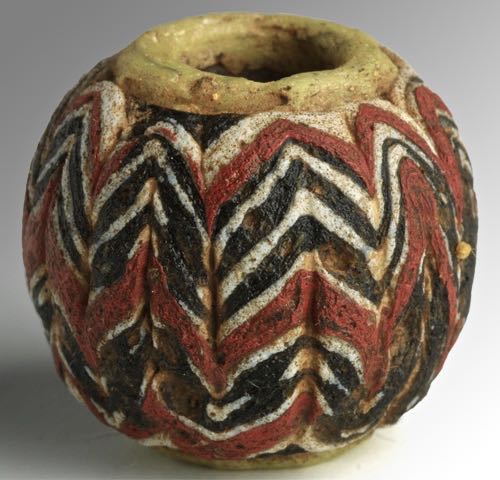| No, I don't... And what a fabulous necklace it is! | |||||
| Re: Will~ So, you prefer to call most of these "Byzantine?" -- Frederick II | Post Reply | Edit | Forum | Where am I? | |
10/29/2014, 14:14:03
No I was referring specifically to Andrew's beads that you reposted at the beginning of this thread. For the reasons I gave, I think that almost all of them might have been made in the later part of the fourth century CE, and so would be better described as Byzantine.
Your necklace is something entirely different, and what a wonderful necklace it is. I would love to see it, and whenever you have the time it would be great to have close-ups to talk about more specifically. Only a relatively small number of the beads have Jatim equivalents and so the dating I was suggesting simply doesn't apply to most of them. As you know of course, these beads cover a huge span of glass bead-making's evolution - seventeen hundred years or so, from well before the Roman Empire up to the thirteenth century. There are stratified eye beads that probably date from Phoenician times to trailed Islamic beads, and everything in between. It's a present history of West Asian glass beads.
Virtually each one of them has its own complex story that could be argued over. Take one of the finest of them, the focal bead on the central strand of the necklace (I'll attach an image of a similar one - not mine, or only in my dreams!). Marianne Stern dates an almost identical bead to the period 350-420 (Byzantine period), and says it was probably made in Central Europe in the River Elbe region (not Byzantine!). But other people say that beads like it have been found in first century sites and in later occurrences in Iran. We can go on forever, can't we? - which is the pleasure and the frustration of collecting.
Thanks and best wishes,
Will

|